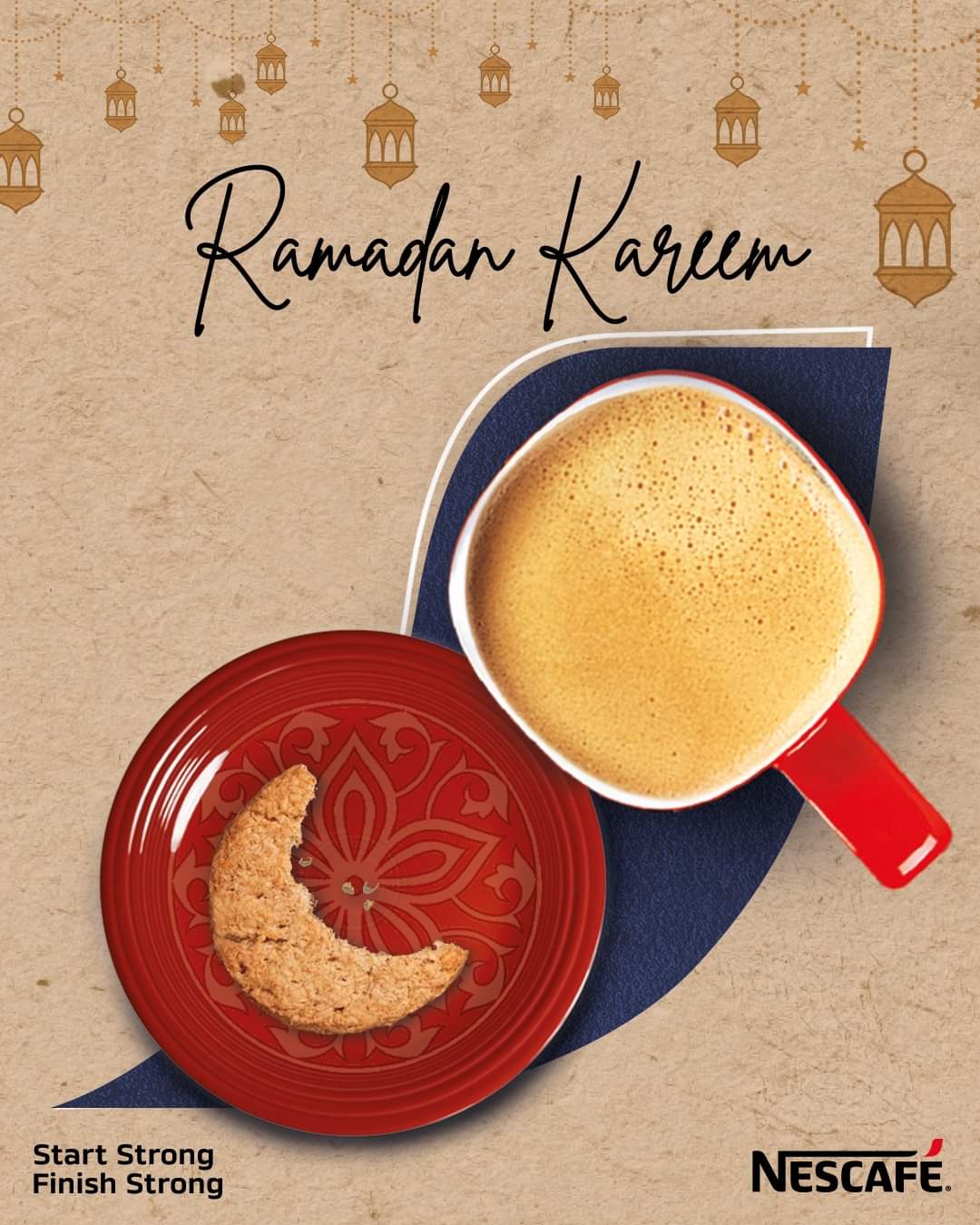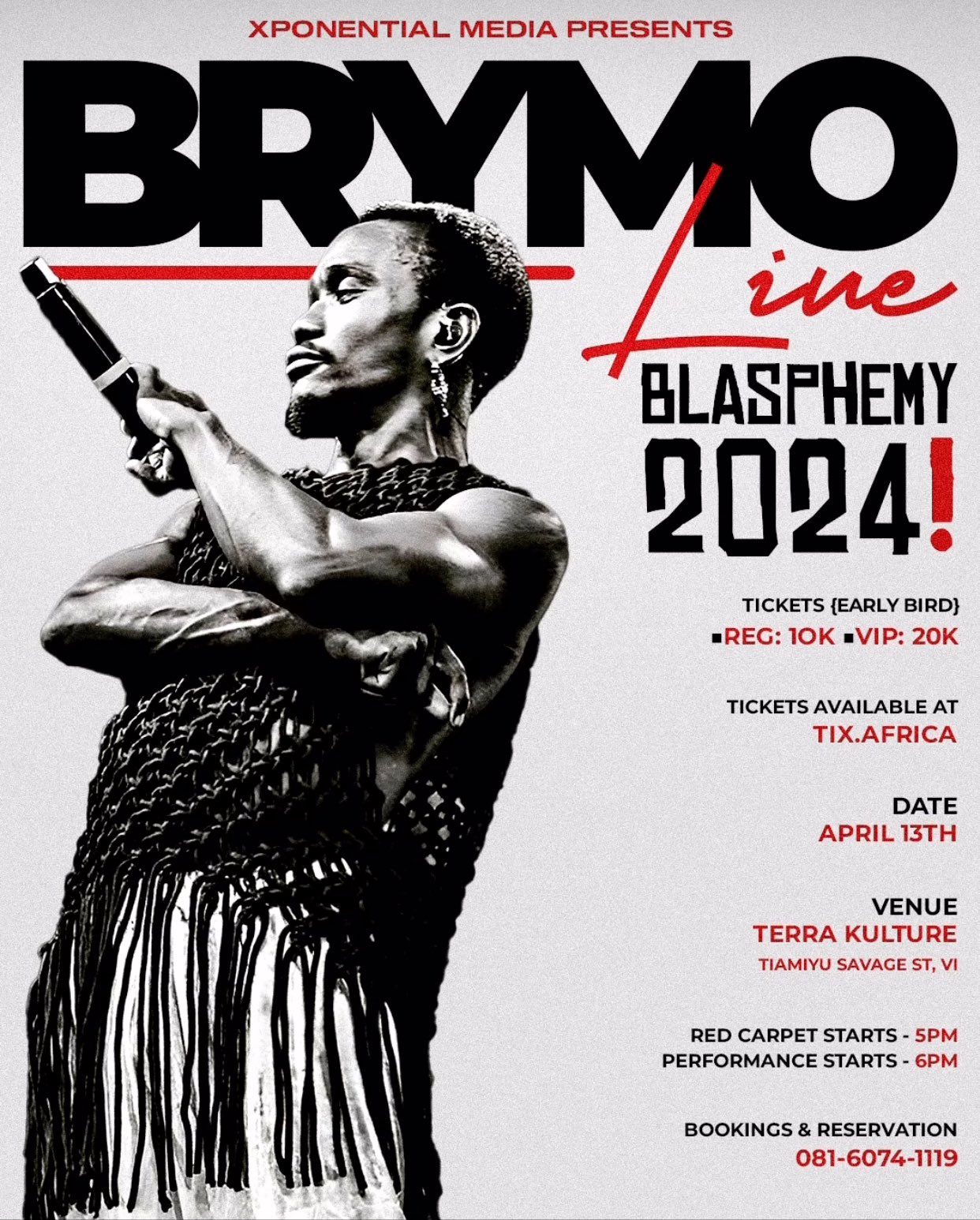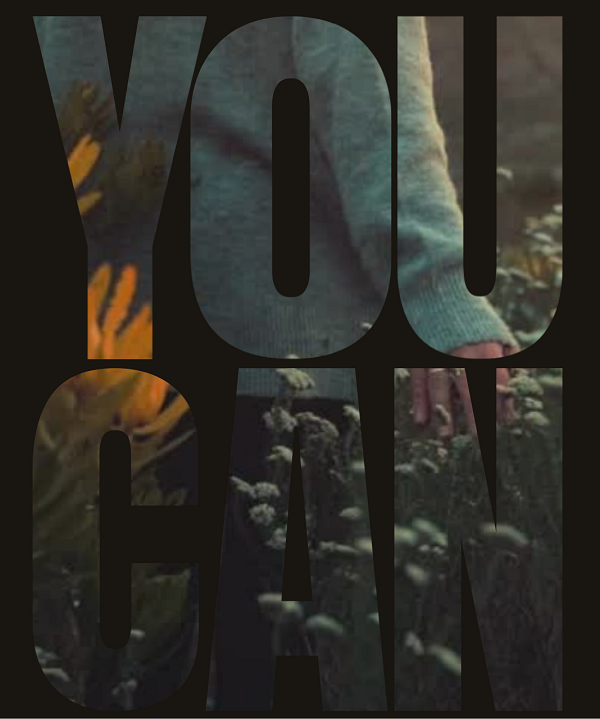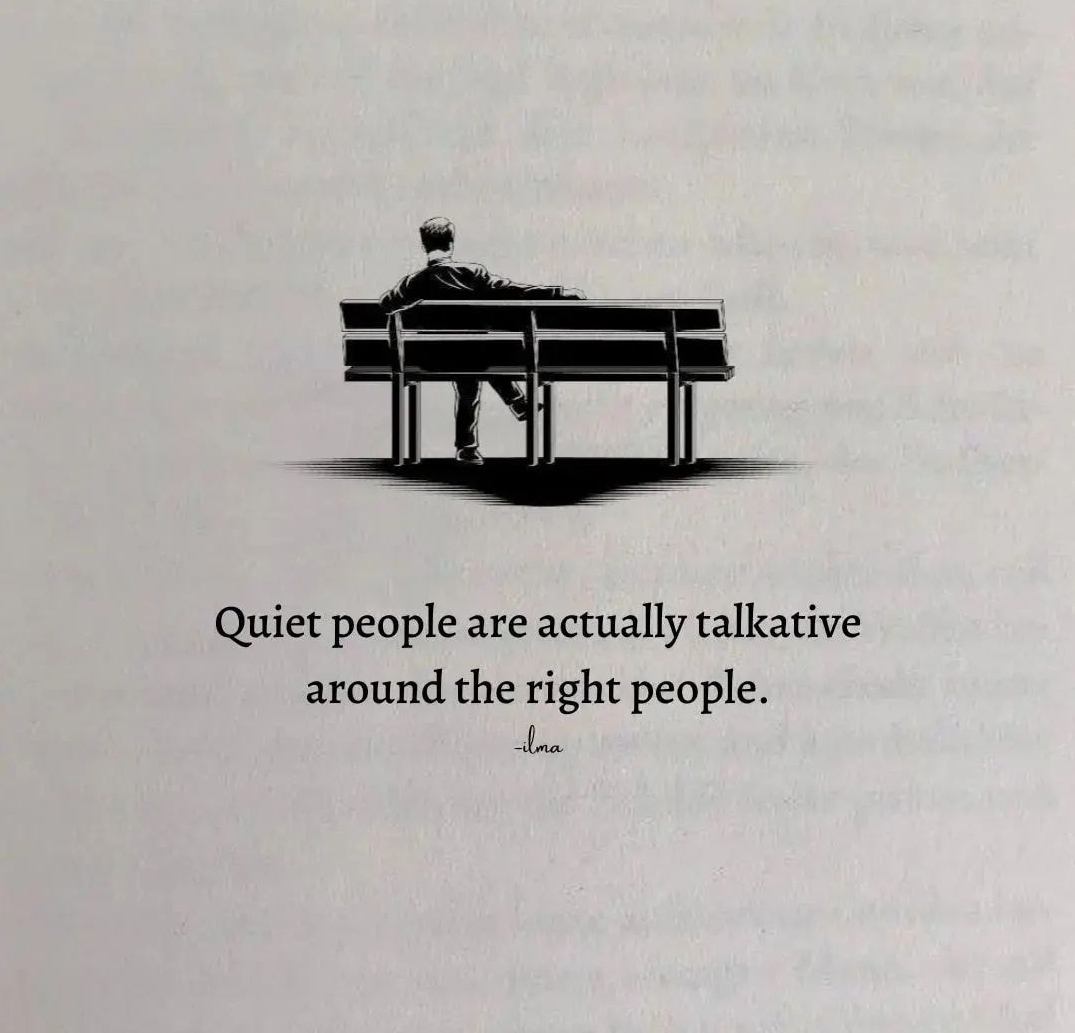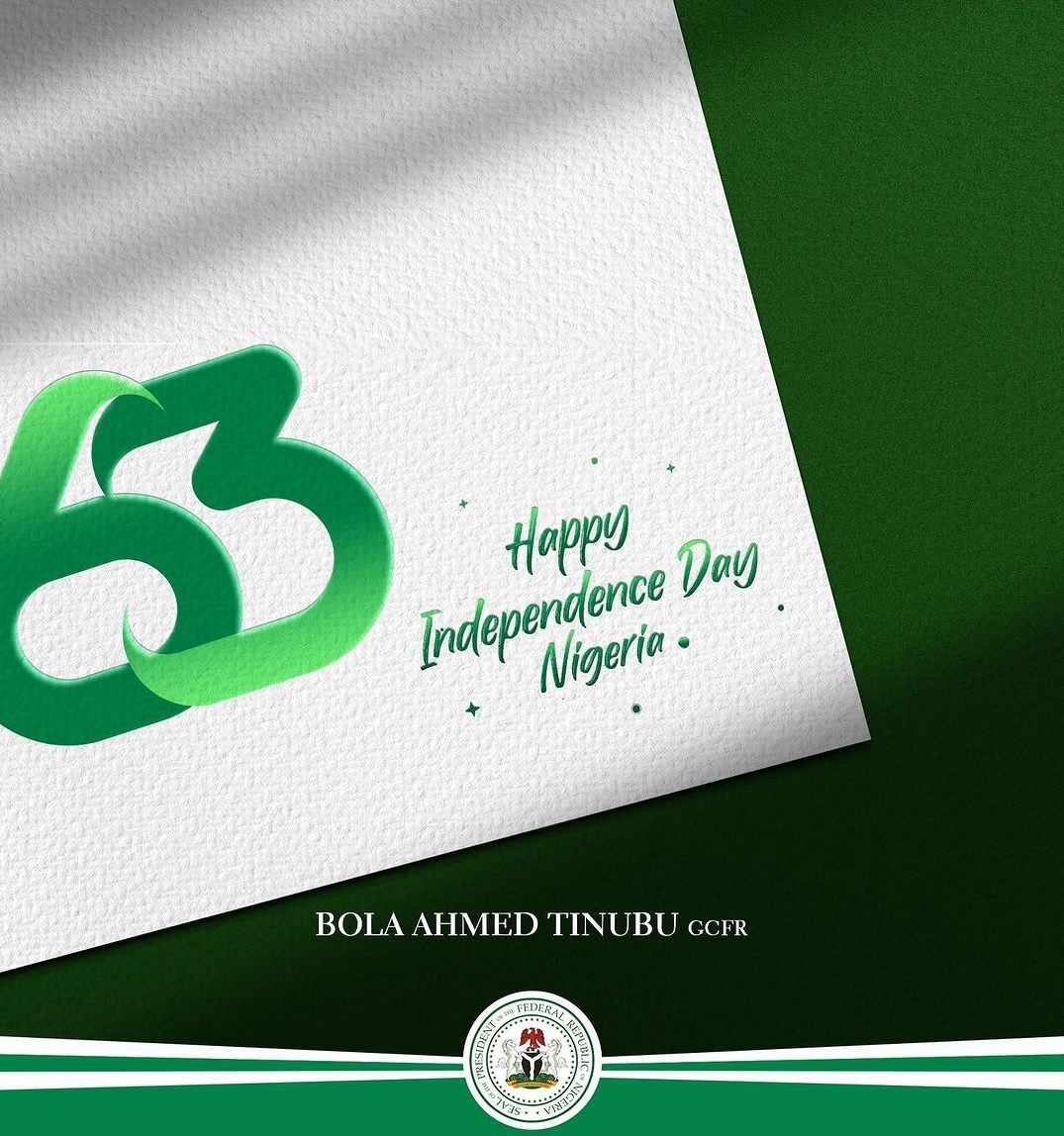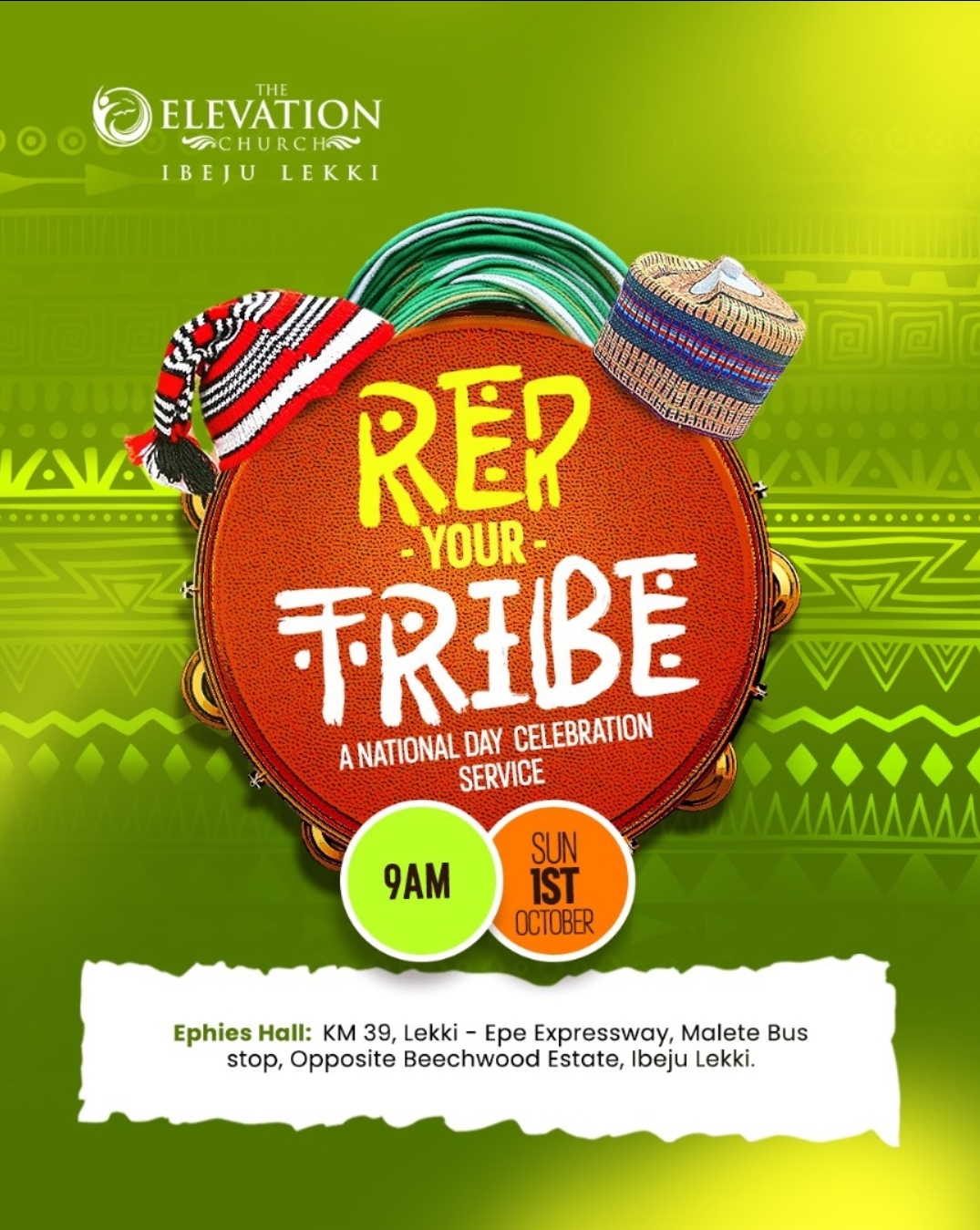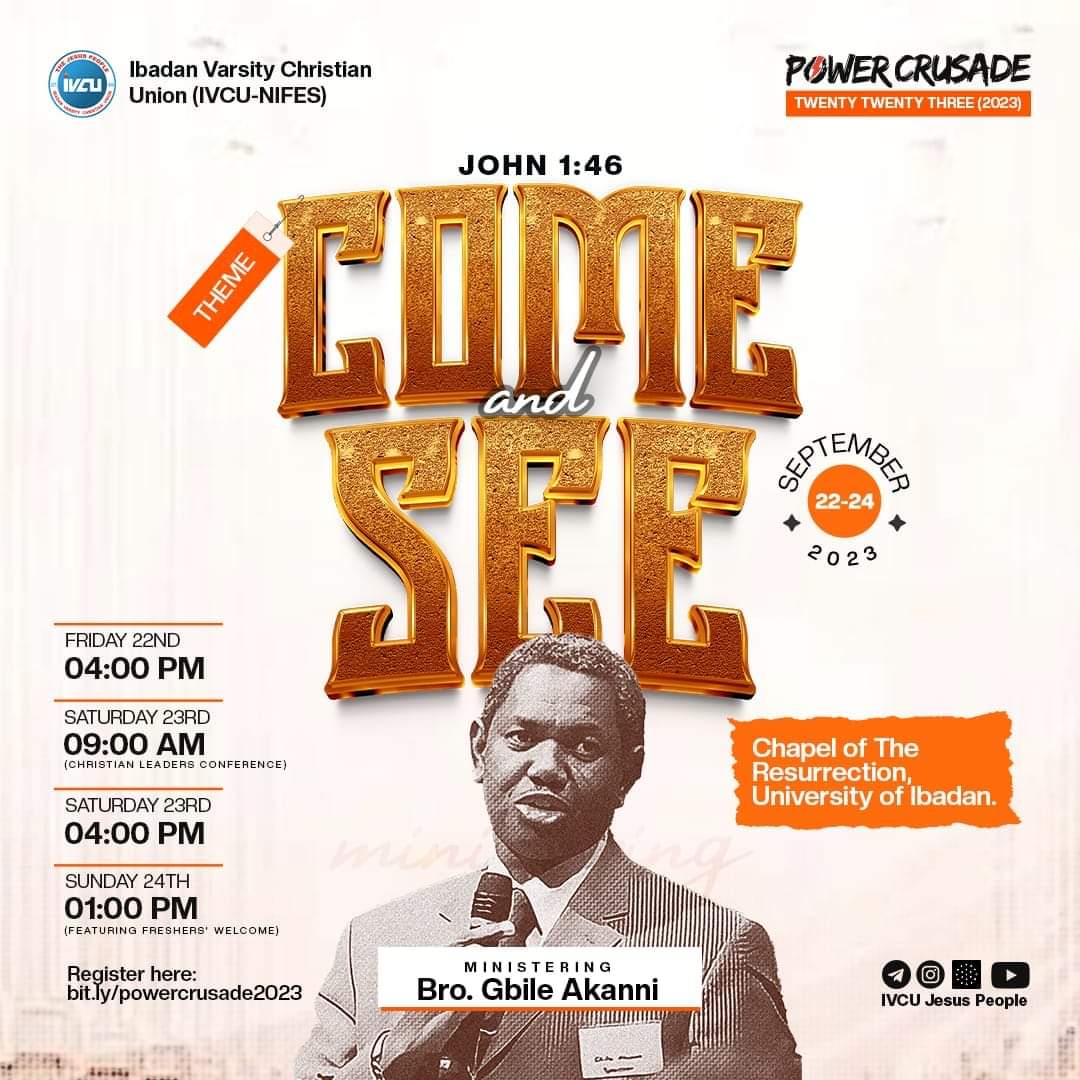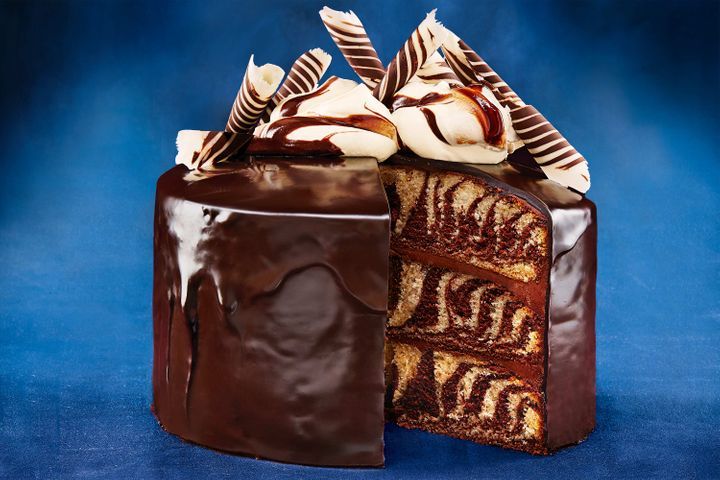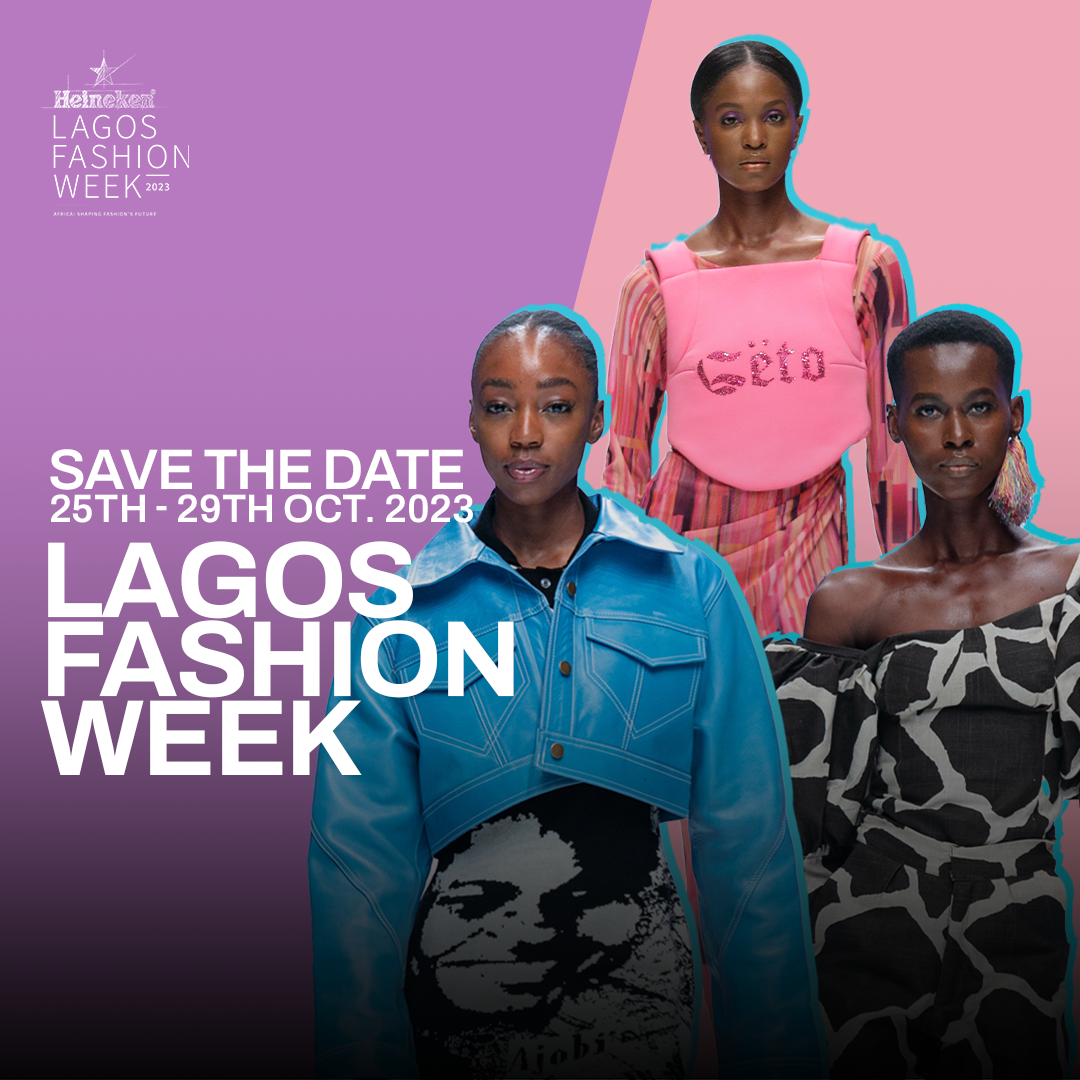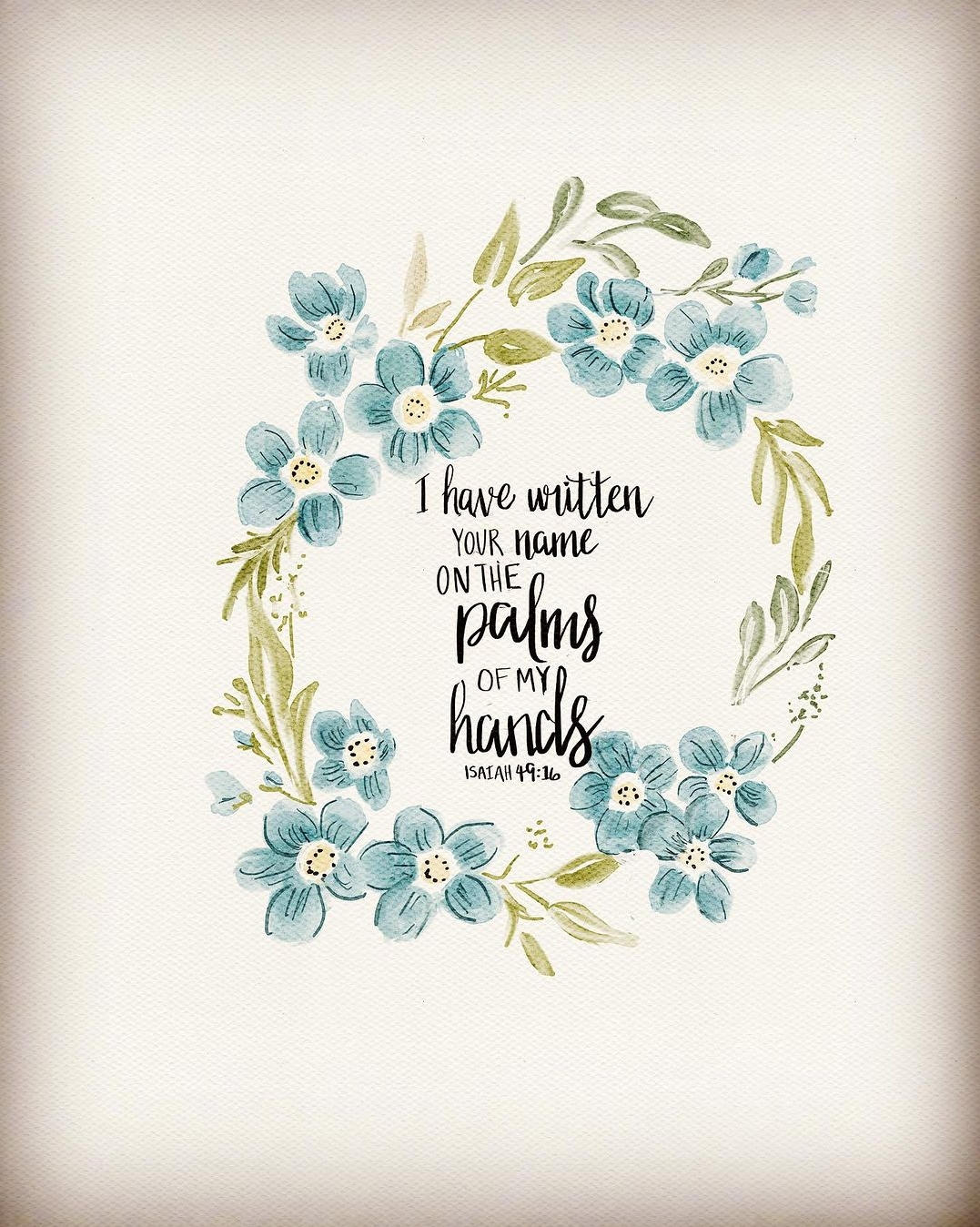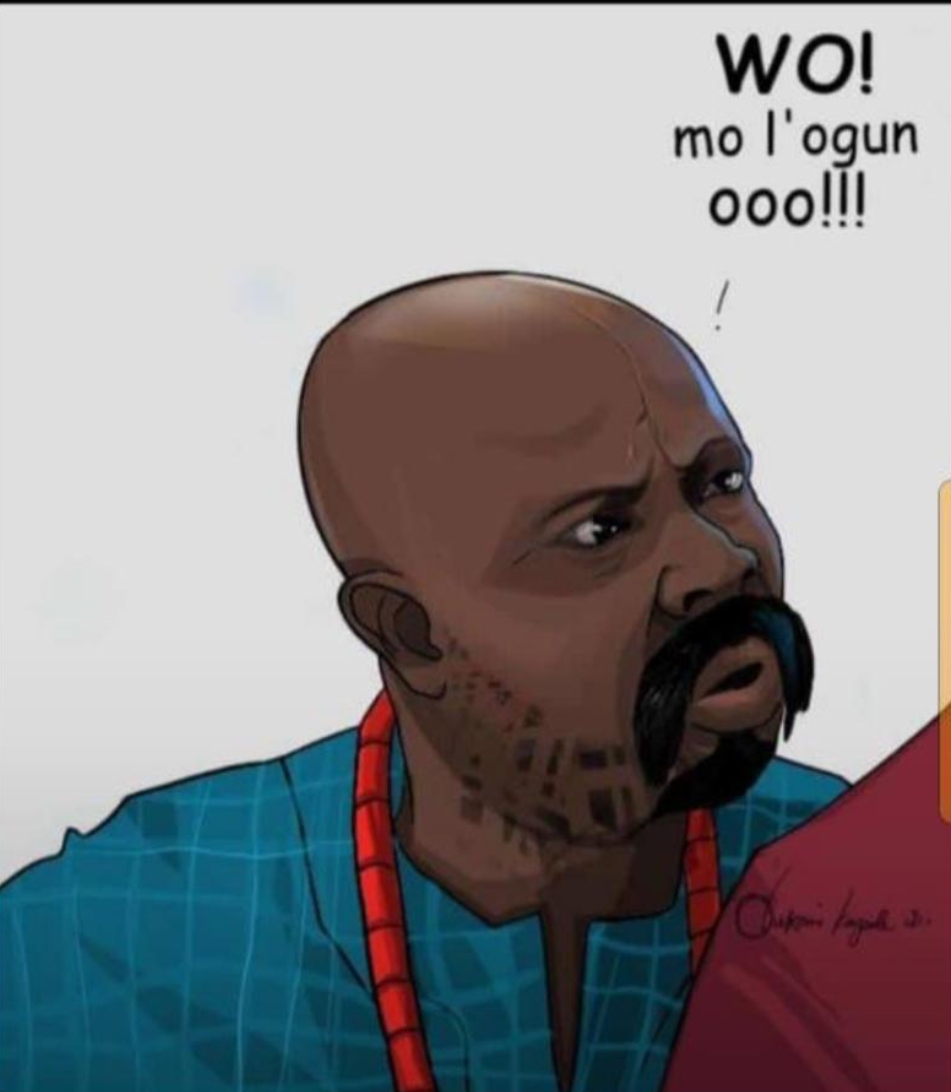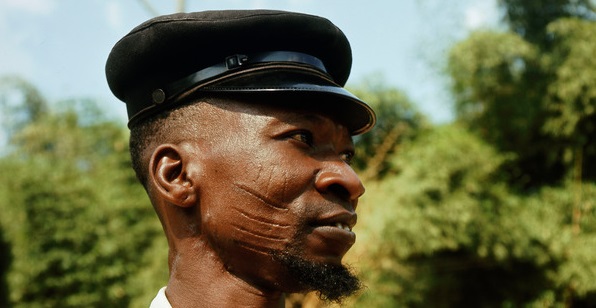
Tribal marks are scarifications that are made on the body in several Nigerian ethnic communities. Mostly seen on the cheeks, the marks are also made on the forehead, chin, abdomen, back, arms and hands. Presently considered by many people as a barbaric and unnecessary practice, tribal marking in the past was sometimes done for good reasons, and it is still practiced by indigenous people of Nigerian tribes.
Purpose of Tribal Marking
Originally, body scarification was developed as a means to distinguish between people of different tribes, families or lineages. This was necessary because of inter-tribal wars that were prevalent in those times and also because of ancient traditions that forbade relationships, especially marriage, between particular tribes or families.
However, not all body scarifications are ‘tribal marks’. Over time, the scarifications became indicative of other things, for example, the Elili marks of the Igala tribe are given only to the first child of a family. Among the Yoruba people, especially in Oyo, two marks on the arm are a symbol of royalty. According to legend of Sango, who was once the Alaafin of Oyo, sent two of his slaves to carry out an important task. Upon their return, Sango found that one slave had carried out his part of the assignment commendably, while the other had neglected his duty. The king therefore rewarded the loyal slave with high honours, but commanded that the other be given a hundred and twenty-two razor cuts all over his body.
Sango’s gruesome order concerning the unlucky slave was carried out, but when the scars healed, they gave the slave a very adorable appearance, which greatly took the fancy of the king’s wives. Sango therefore decided that cuts should in future be given, not as punishment, but as a sign of royalty, and he set the pace by asking to be marked. He however could only bear two cuts, and since then, two cuts on the arm have been a sign of royalty.
Some marks are also given as memorials to late members of a family. A child that is born after the death of the family head is usually given the same marks that the head had as a tribute to the deceased. In some tribes, marks are signs of valour and military prowess; few marks mean that a man has conquered only few enemies while numerous marks signify a great number of conquests. Marks were also given to physical handicaps such as the deaf and the dumb. This facilitated their easy and quick identification especially when they needed help in public.
Other marks signify nothing in particular but are just means of beautification. An example is Soju which is worn by Yoruba women on their arms, breasts or abdomen. Unlike most other marks, Soju does not form raised scars; it rather appears as black markings on the skin. Whatever the purpose, body scarification in the past was a sign of affluence as it was then too expensive for common people to afford.
The culture of body scarification is present in almost every tribe in Nigeria, especially amidst the Yoruba, Fulani, Nupe, Bini, Igala, and Tiv ethnic groups. The different patterns of the marks have different names in different societies. The Bille and Chika Baki are borne on the cheeks amongst the Fulanis and some other Northern tribes. Gobirci and Kanberi are seen on people from the Middle Belt and Northern regions of Nigeria. The patterns are drawn with various line forms- vertical lines, horizontal lines, slanting lines, dotted lines, short strokes and long strokes- which are arranged in different ways for different marks; for example, the Elili of the Igala people consists of four horizontal marks on each side of the lips, somewhat looking like cat whiskers.
The Yoruba people of South-western Nigeria perhaps have the richest cultural heritage as far as tribal marks are concerned. The marks worn by Yoruba people include Bamu, Keke, Abaja, Pele, Gombo, Ture and so on. Abaja consists of four horizontal lines on each cheek; Pele is made of three vertical lines on each cheek, while Ture is made up of three long vertical lines and three short vertical lines- six in all- on each cheek. Four long vertical lines drawn almost from the scalp and angulated to continue as horizontal lines on each cheek constitute Gombo. There are however variations in these patterns from one Yoruba community to another; the lines may vary in number or length. For the Ondo people of Ondo State, the typical Ondo tribal mark is one long vertical line on either cheek. According to tradition, Ile-Ife people do not bear facial marks.
Tribal marks are usually given during infancy, so a person does not decide for himself to be marked or not. The marking is done by professionals (who usually also undertake circumcision) by incising the skin with a sharp knife and rubbing in a black paste made from charcoal. The paste is responsible for the consequent permanent scarring. Soju is an exception as it is done for a woman out of her own volition and the marking is made with a bunch of needles and not a knife. Apart from the ones that had been discussed, some marks are given as native medicinal therapy to manage convulsions, chicken pox, and spiritual attacks. Such marks can be made on any part of the body but they are smaller and less obvious than tribal marks. In some cultures where under-water fishing is an important tournament done yearly, contestants have short strokes incised on the whole of their backs and limbs in the similitude of a crocodile’s scales. This is believed to shield them from attack by crocodiles as they partake in the tournaments.
In Yoruba culture, special marks were also given to Abiku— a reincarnate child. If a woman has repeated stillbirths, the Yoruba believed that it is the same child that is reincarnated each time. The child is believed to belong to a society of spirits that has decided to torment the woman with stillbirths. It was believed that if the stillborn child is scarred, he will be evicted from the society and the next time he is born, he would stay alive since he has nowhere to return to. Nowadays, the culture of tribal marking is seen by most people, especially in civilized Nigerian societies, as outrageous and barbaric and there seems to be no reason that is good enough to justify the practice. Only a few tribal-marked people are proud of their marks; most would rub off their marks without a second thought if they could. It is obvious that body scarification has already taken a bow in most Nigerian societies and for some people, the Western practice of tattooing has taken its place.



